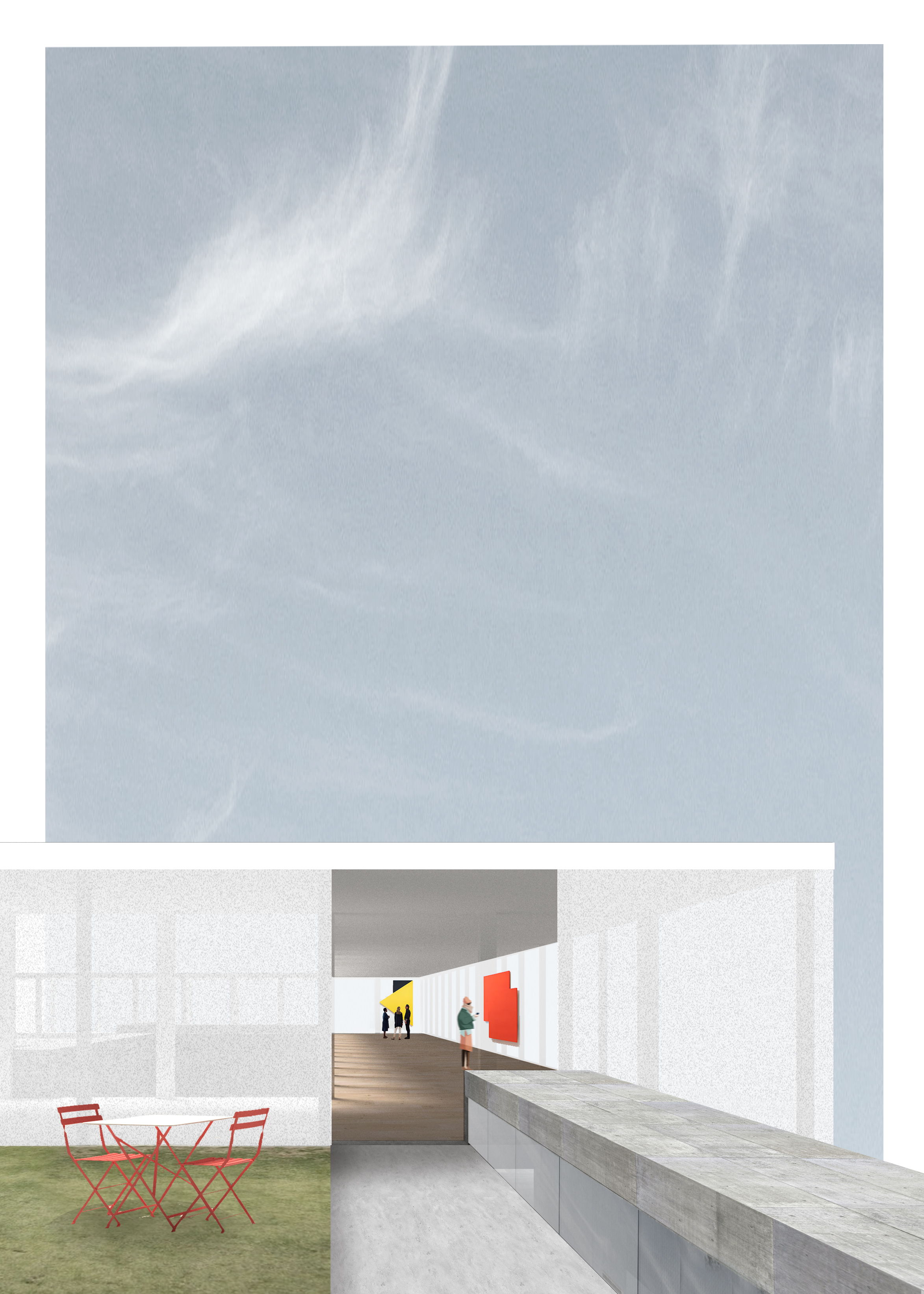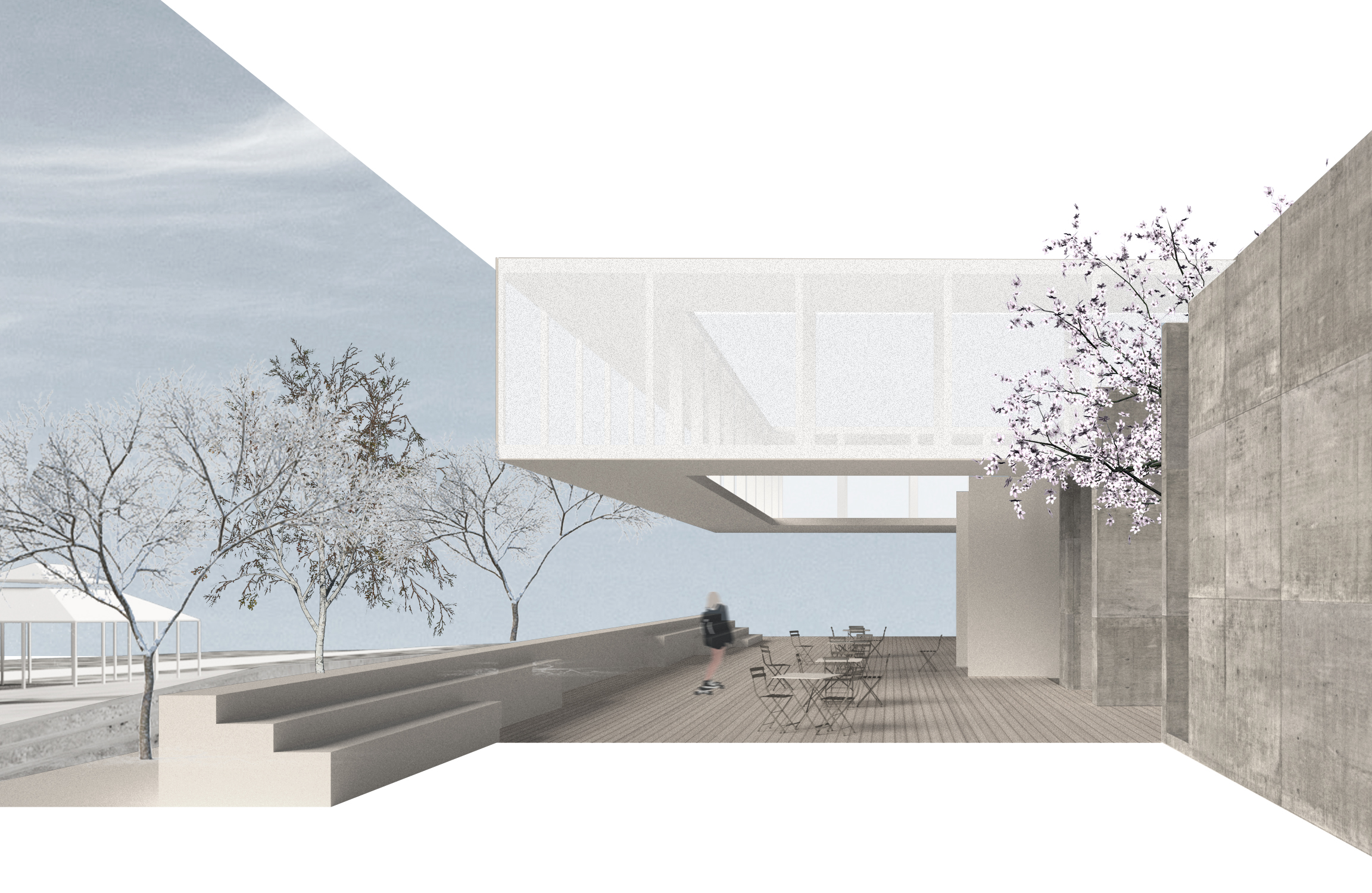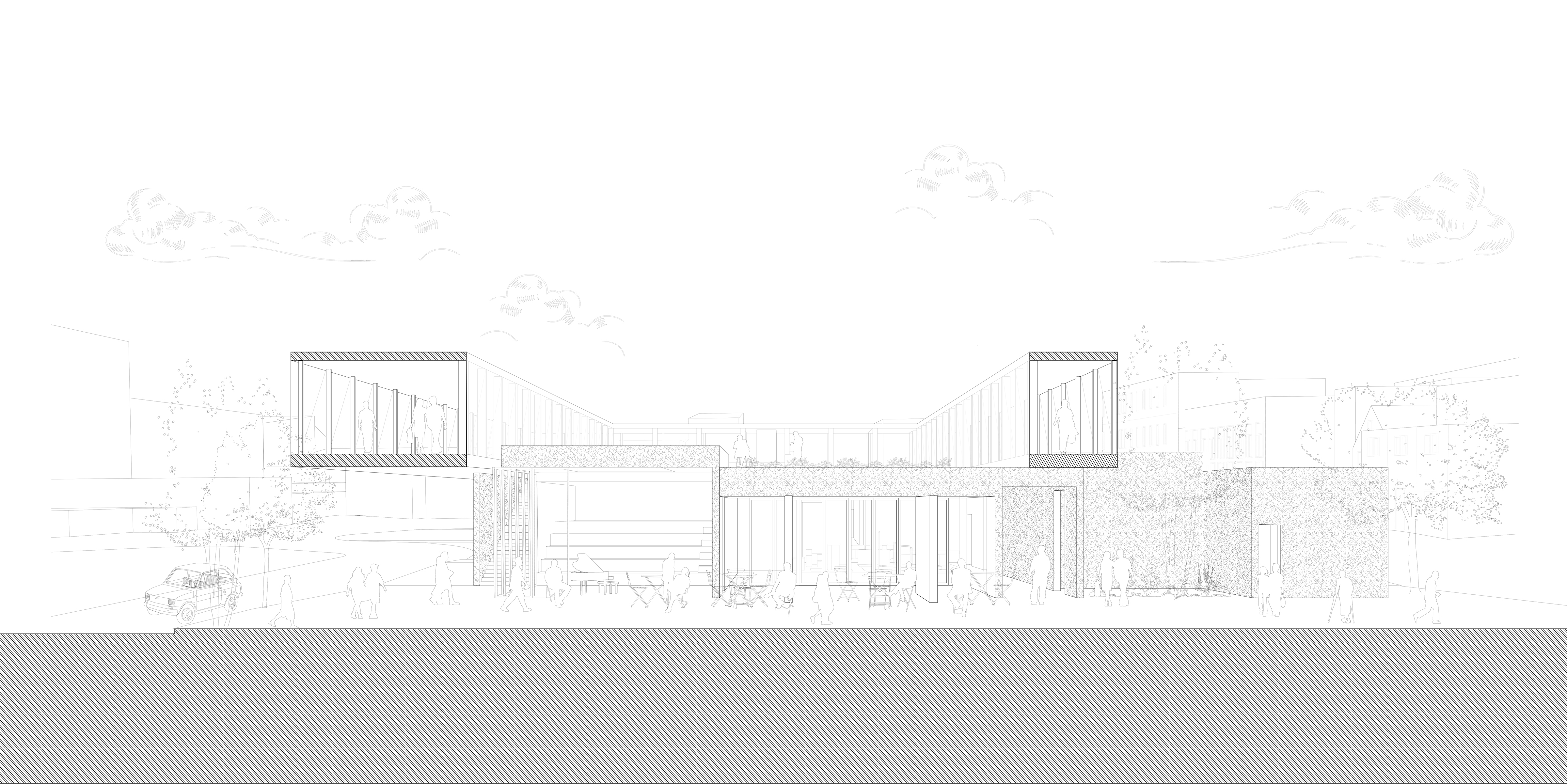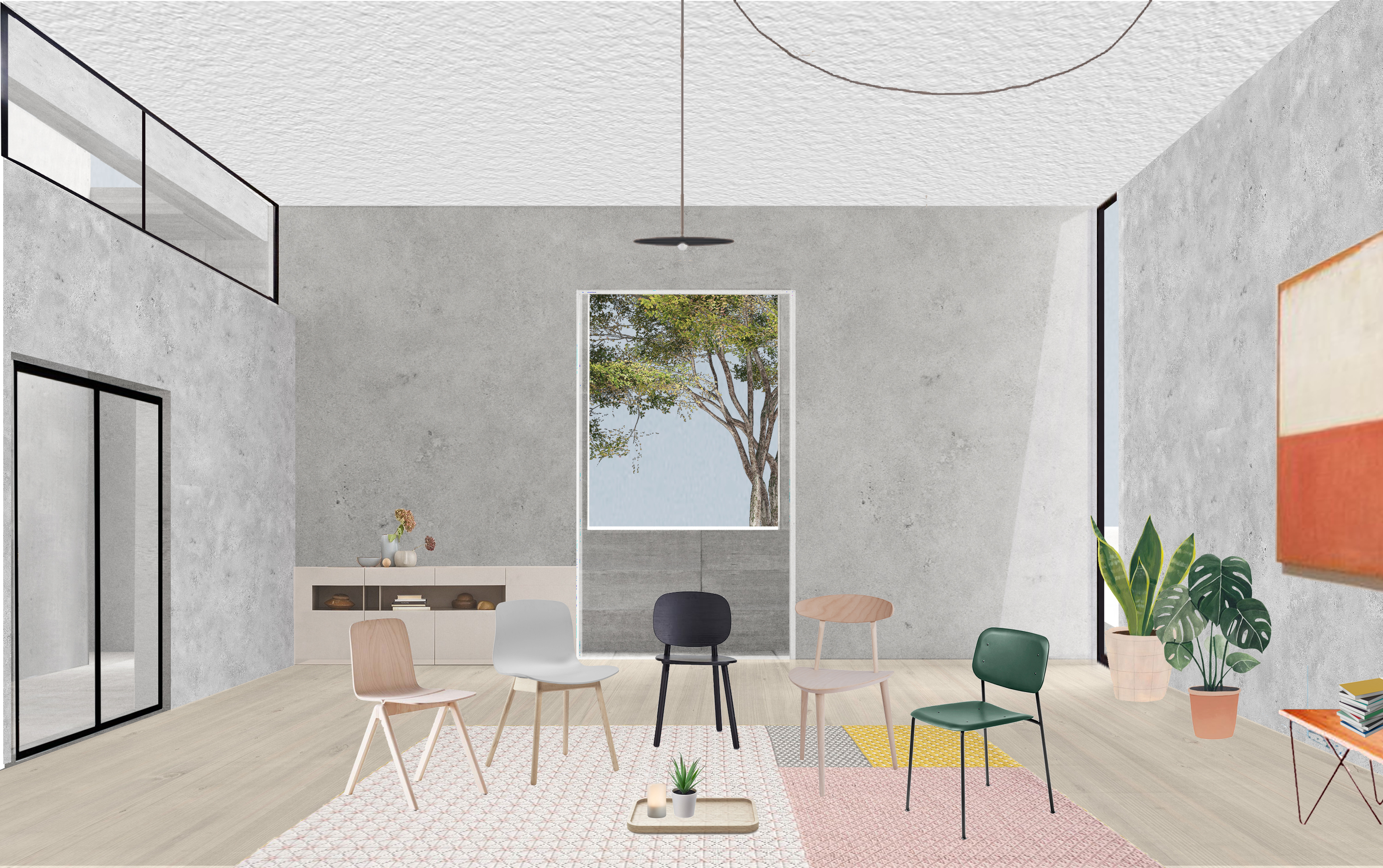Interstitial Ground
Yale School of Architecture
Fall 2018 Core III
Critics Inaqui Carnicero
Published Space for Restorative Justice
The creation for a center of restorative justice revolves around the creation of alternative spaces to facilitate a new community conferencing model. Restorative Justice brings together those who have harmed, their victims, and affected community members into voluntary processes that repair harms. The practice becomes an alternative to an adversarial criminal justice system that fails to satisfy many victims, is unfair to many people facing criminal charges, and over invests in harsh punishment, particularly incarceration, which has had mounting negative consequences for individuals, families and communities, especially already marginalized communities of color. Finally, restorative justice asks us to recognize the importance of relationships—how relationships are built, mended, and maintained—and to rebuild relationships in ways that help individuals and communities to heal.
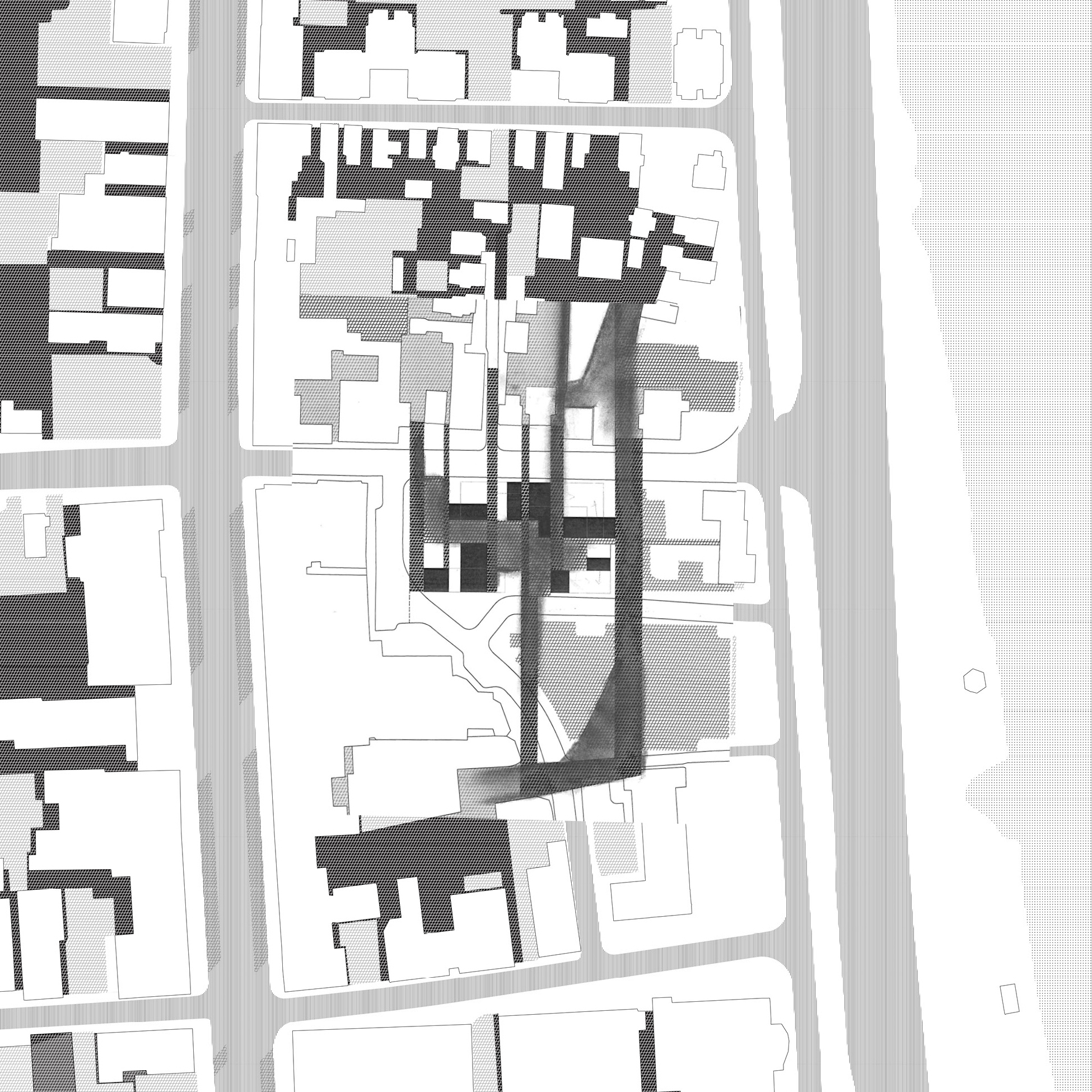
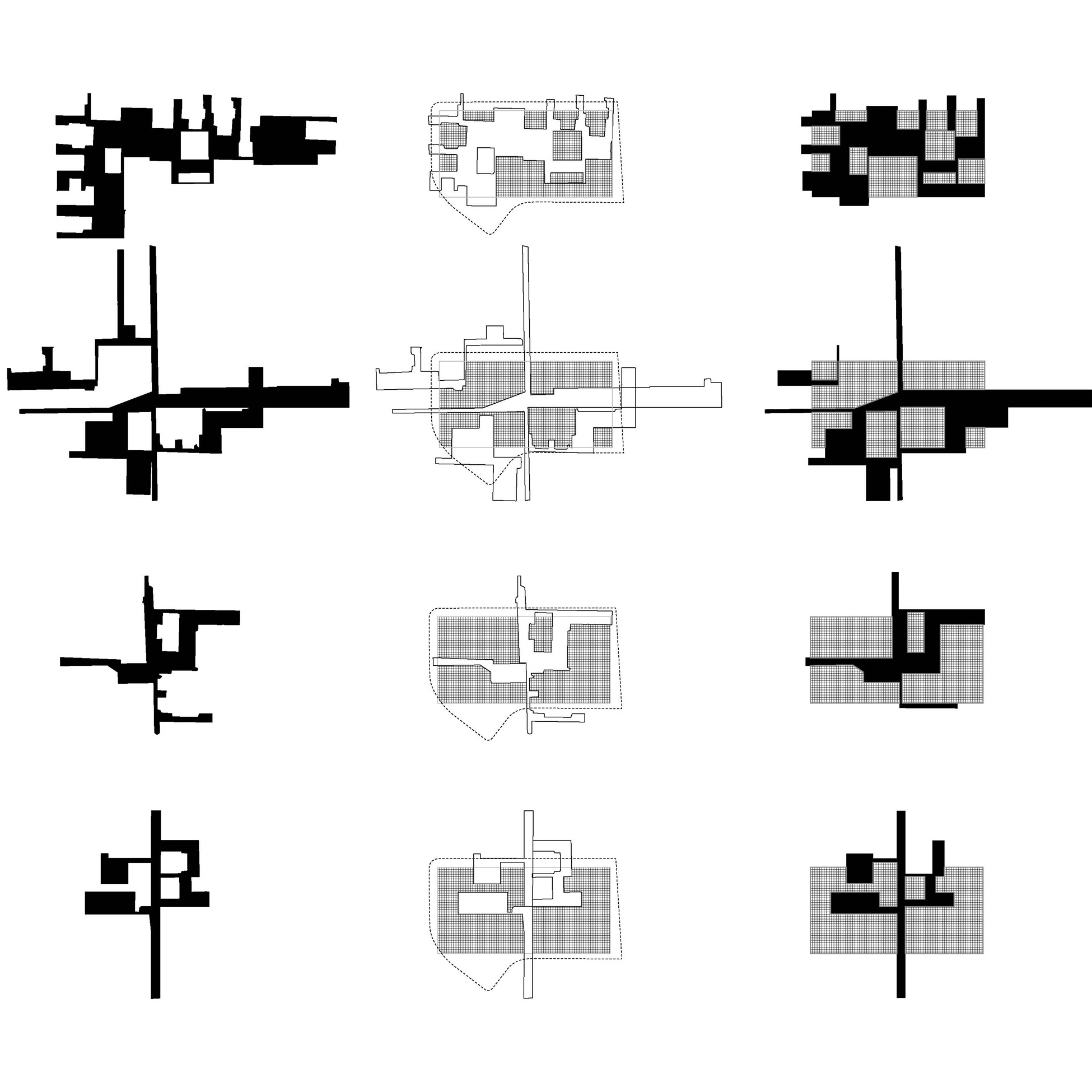
Interstitiality and the Site
Interstitial spaces are presented as the urban voids of Middletown due to my interest in “leftover” space as a result of constraints in traditional city organization and planning. Interstitial spaces would be classified as the spaces in between buildings, edge conditions, and the “residual”. Such spaces punctuate the staged, controlled, ‘official’ public spaces and the everyday, ubiquitous spaces of the contemporary city. However, they are overlooked, and are often relegated as ‘wastelands’, ‘derelict areas’ and 'urban voids.' They represent socio-economic abandonment and are excluded from the ideal, as they run contrary to the dominant desired image of the city. Many marginalized groups are designed out of formal public spaces of the contemporary city.


Interstitial Spaces
This project reclaims
and extends these spaces to produce a
new urban ground that is both sheltered
and open. The series of storefronts are
locked together by a perimeter wall that
weaves in and out of the courtyards,
juxtaposed by a floating urban terrace on
the second floor that introduces relief
from the spaces below.

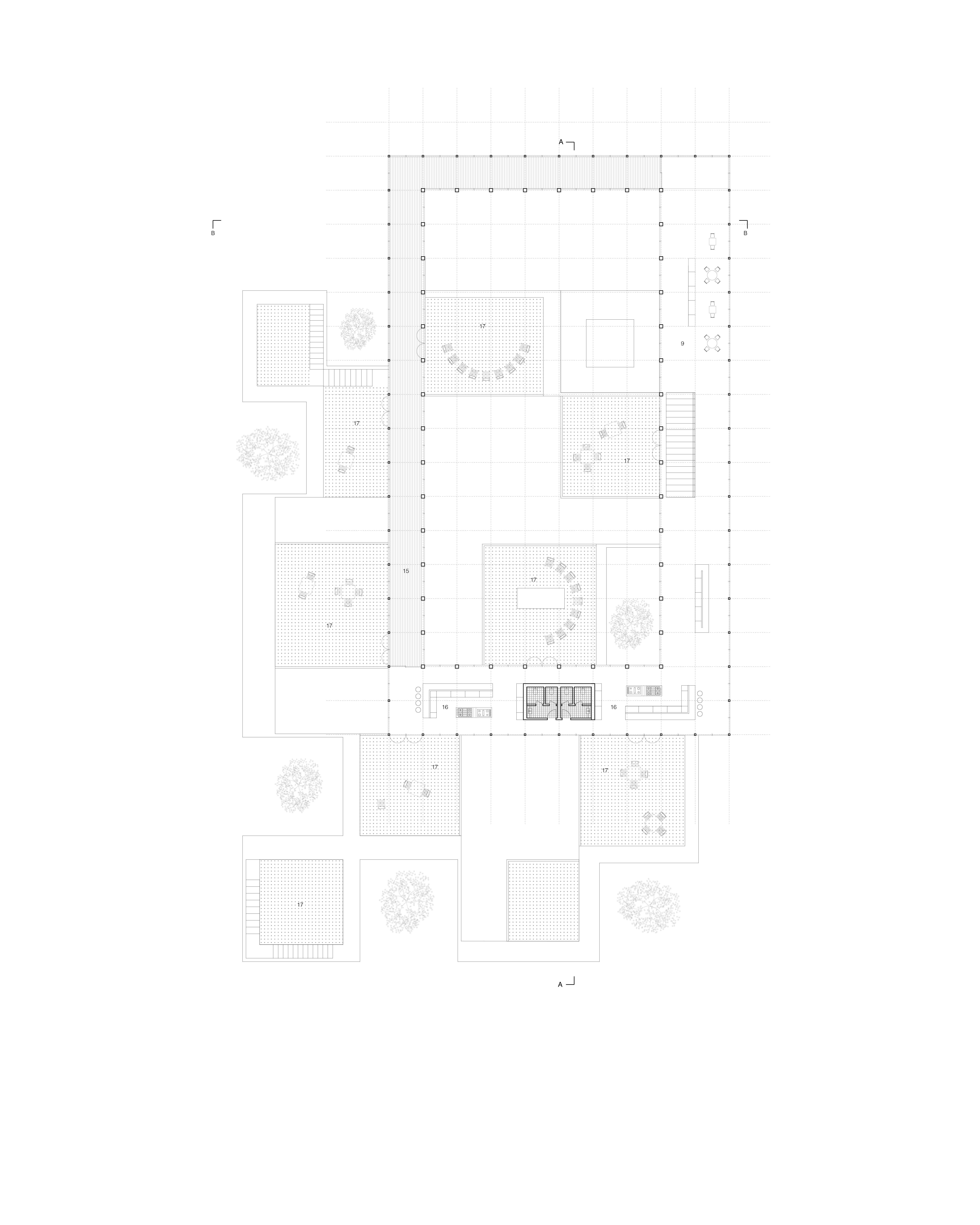
Space and Place
In order to refute claims that ubiquotous spaces in the contemporary city are valueless, we can rethink public domain as less of a permanent attribute of place, and rather as an opportunity to allow informal and constantly changing experiences and interactions with other groups, as a chance to meet ‘otherness’ and mediate an understanding of mutual difference as a response to the restorative justice program. By weaving interstitial and social breathing spaces into the project, the building becomes connected to the existing context that benefits the community.
The series of storefronts on the ground floor are designed with clerestory windows that capture south facing direct light as well as north facing ambient light. This protects the interiors from the hot summer sun but allows the low winter sun to enter the buildings.
The second floor is an urban terrace that houses the gallery and public kitchens, with access to planted rooftops. The PTFE coated fabric allows for informal movie projections and moments of relief from the spaces below.

